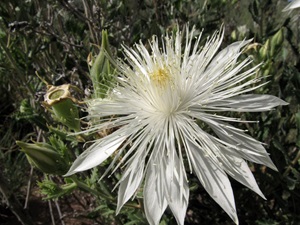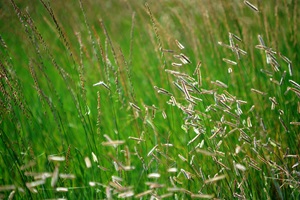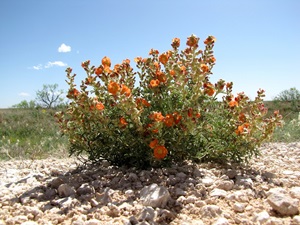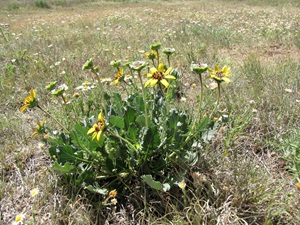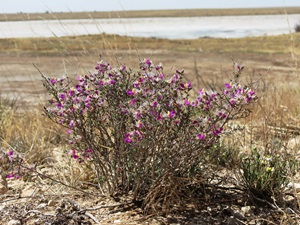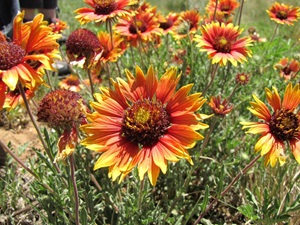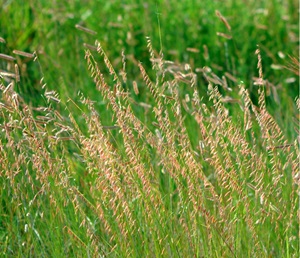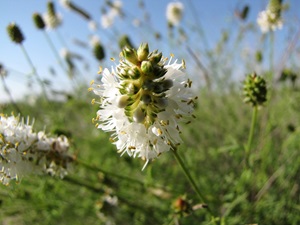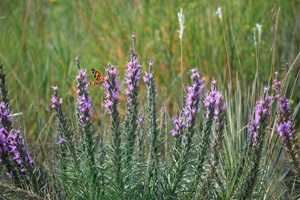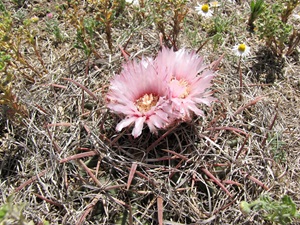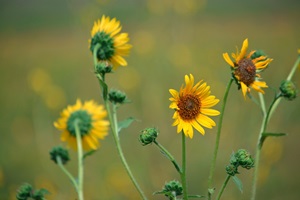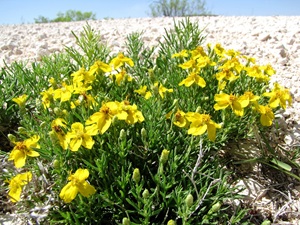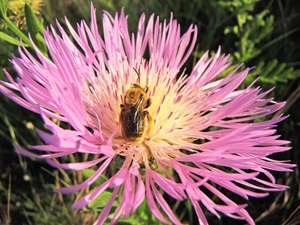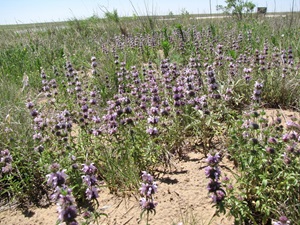Conservation and education bloom in the Texas panhandle
Friends of the High Plains promote importance of wildflowers through demonstration garden project
A rose is a rose is a rose, but a wildflower transcends mere beauty.
“A lot of people see wildflowers as weeds, and they’re not. They’re native plants for this part of Texas,” says Christena Stephens, President/Director of the Friends of the High Plains National Wildlife Refuge Complex in Muleshoe. “They’re important to pollinators. They’re important to so many species—deer, for example, feed on them for their high nutrient and protein content. Wildflowers are needed.”
Offers botanist and author Dr. Willa Finley of nearby Lubbock: “We’re trying to get more people to appreciate wildflowers—their heritage here on the prairies, their importance to wildlife, and how they’ve been used for food or medicine.
“They need to be preserved intentionally,” she adds, “rather than letting them be built over, ploughed over, parking-lotted over—which is happening all the time.”
Stephens and Finley hope to cultivate a deeper appreciation for native wildflowers, grasses and shrubs through the Friends of the High Plains’ wildflower demonstration gardens project, expected to be fully established by fall 2018.
The gardens will be planted at the Muleshoe National Wildlife Refuge (NWR), in Bailey County, and Buffalo Lake NWR, in Randall County. They’ll be instrumental in building on the group’s existing educational outreach around native flora and grasslands—which includes onsite wildflower workshops, field trips for regional students, and other refuge visitors.
“We’re seeing growing threats to our public lands through drought, urbanization and invasive species,” says Finley. “Projects like these conserve water and support a more diverse range of pollinators—and they’re more important than ever as NWR Friends groups promote conservation and education of wildlife and native species.”
Image gallery: Friends of the High Plains wildflower garden
In 2015, Enbridge became the first corporate partner for the National Fish and Wildlife Foundation’s (NFWF) National Wildlife Refuge Friends program, which offers funding for Friends groups—volunteers that play a key role in conserving natural resources identified for protection by the U.S. Fish and Wildlife Service.
This year, Enbridge awarded grants totaling more than $74,000 to Friends groups near our projects and operations, including a $9,590 donation to Friends of the High Plains.
The Panhandle chapter of the Texas Master Naturalists will play an essential role in planting the Buffalo Lake NWR garden, and the Friends of the High Plains will continue its ongoing wildflower and native seed collecting workshops at both gardens, once they’re established.
These regular workshops have already seen great engagement from the public, and resulted in more native plant gardens at homes and businesses.
“We had workshops last year and this year attended by teachers from Whiteface, Levelland and Sundown ISD. We did some seed collecting, and those teachers took the leftover seed to their schools and made seed balls out of them with mud,” says Finley.
“The students took them home, planted them in their yards . . . and voila, they had wildflower gardens. That was a very cool outcome.”




